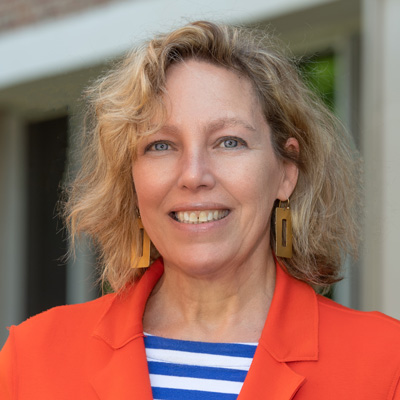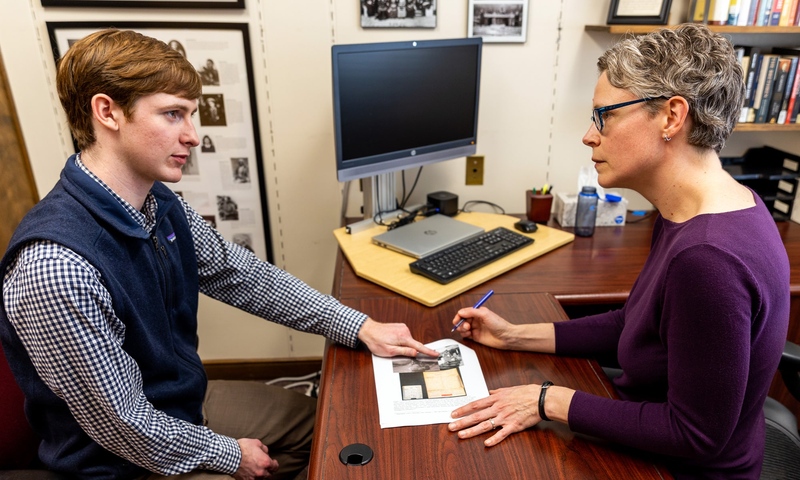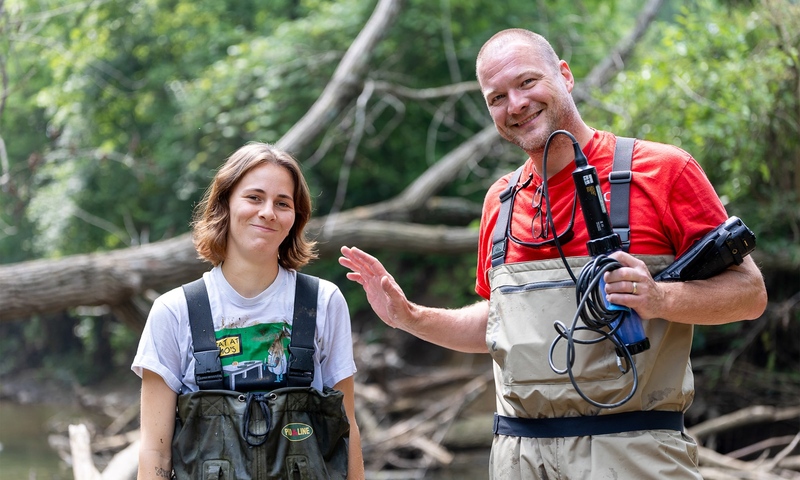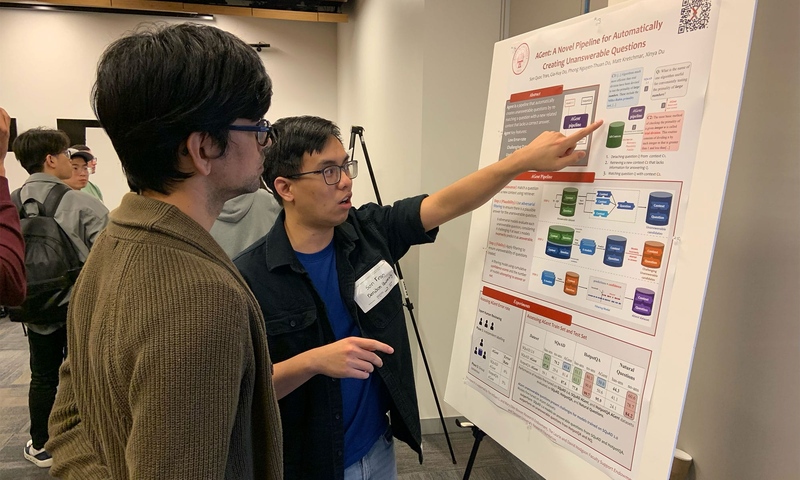Before Denison, Dana Phillips ’20 attended a small performing arts high school, where she played the cello. She was never really into hip-hop and the pervasive, negative stereotypes of the genre kept it at bay for the Atlanta native. Then, she watched the movie Slingshot Hip-Hop during the second semester of her first year at Denison. She started to see the music and its artists in a different light.
A double major in International Studies and Women and Gender Studies, Phillips watched the movie during her Gender, War, and Conflict course. The 2008 documentary features young Palestinian hip-hop artists living in Israel, Gaza, and the West Bank.
After the movie, she thought about what makes hip-hop music travel across geographic, social, and political boundaries, aka cultural transportability.
After all, rap got its start in the 70s in U.S. cities like New York and L.A. But Arab hip-hip is less established in its journey, developing in the late 80s and early 90s. She started asking questions about hip-hop’s revolutionary nature and why it shows up in times of political change and social shift in a country.
She began talking to her advisor, Associate Professor Isis Nusair, about her interest in the subject, which ultimately led to a proposal for a Summer Scholars Research project.
“I told my parents that I was going to be doing research over the summer,” Phillips says. “They were like ‘What? You need a summer job!’ I told them this is a job! I found it to be way more difficult than I expected it to be. It’s probably the most difficult thing I’ve done so far at Denison but I really enjoyed it and would like to be able to continue doing research in the future.”
“It’s helped me realize that I really like research and I definitely want to go on to graduate school, possibly go into academia and do more research like this.”
For 10 weeks, Phillips’s analyzed the lyrics of hip-hop songs from artists in Egypt, Tunisia, Libya, Syria, the West Bank, and Gaza, comparing them to hip-hop songs in the U.S., finding common themes and repeated phrases.
She looked at the histories of different countries and the rise of hip-hop, as well as what music is homegrown, original music and what has been transported, or inspired, by U.S. hip-hip. Some Arab artists, for instance, starting rapping in English but, later, switched to Arabic to reach more people in the region. Translating lyrics back to English, for Phillips, was just part of the job.
“Dana didn’t even know Arabic and she was able to learn all this through her work,” Nusair says. “It’s always fascinating to see how students work with these issues and what kinds of connections they make to their own lives. Our students are able to cross all kinds of boundaries, borders, walls, and I think it’s very encouraging.”
What came through in both Arab and U.S. hip-hop? No-punches-pulled depictions of urban life—poverty, violence, drug culture, and police brutality—for marginalized populations. Hip-hop lyrics are often responding to cultural or social happenings, and artists are using voices to speak out.
Unlike the warm, squishy use of the pronoun “you” in love songs, hip-hop artists use the word “they” in most of their songs in denouncing their oppressors. The “us against them” mentality, Phillips discovered, was prevalent in both Arab and U.S. lyrics, but in slightly different ways.
“There is not as much freedom to create in the Arab world,” Phillips explains. “Arab hip-hop lyrics had a lot more mentions of censorship than U.S. lyrics. There was an artist from Tunisia called “The General” who produced a song during the Arab Spring called Mr. President. It was really a list, calling out government corruption, unemployment and the poverty people were facing. After that song received a million hits in a month, “The General” was put in jail.”
For Phillips, this project hasn’t changed who she is, yet there’s no question that it’s helped her look inward to find her future.
“It’s helped me identify what I’m interested in and the focus of my studies. What I’ve been trying to do with both of my majors is to explore my own identity as a black woman. With this project, I’m looking at hip-hop, which is a black, cultural production, and seeing it around the world.
She added, “It’s helped me realize that I really like research and I definitely want to go on to graduate school, possibly go into academia and do more research like this.”







